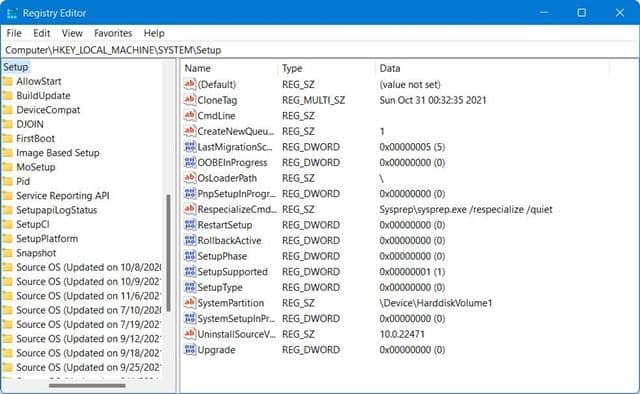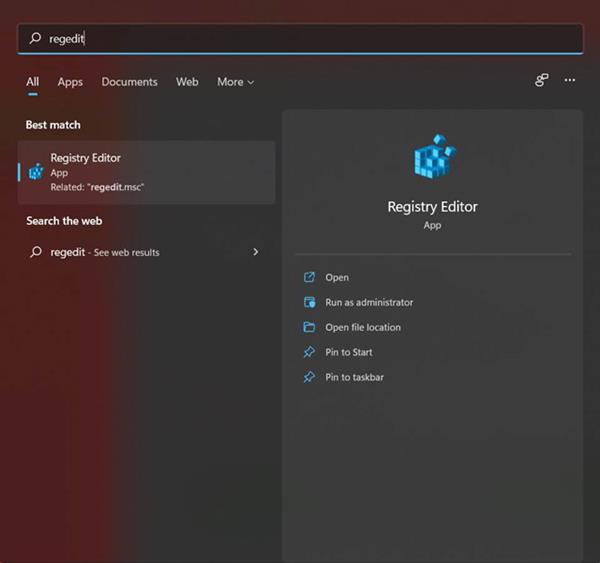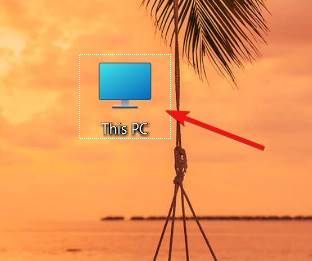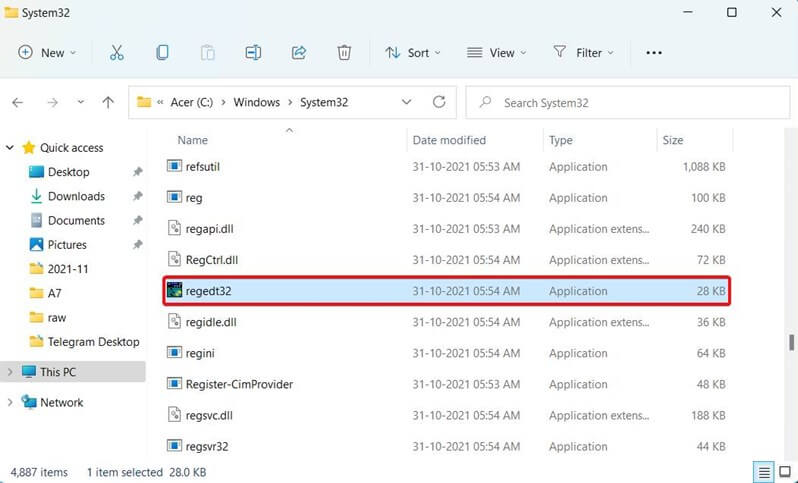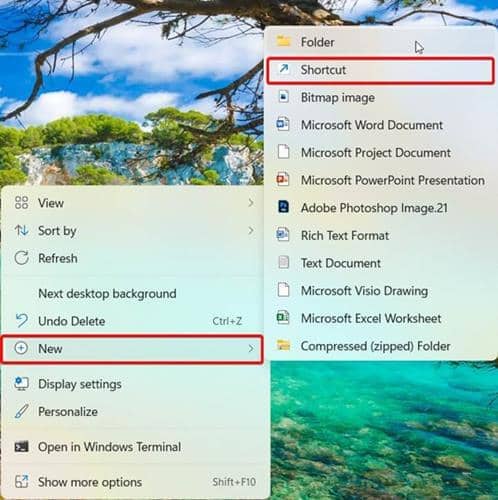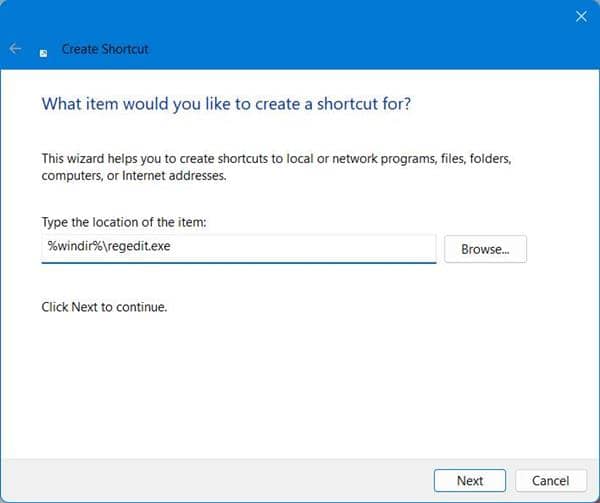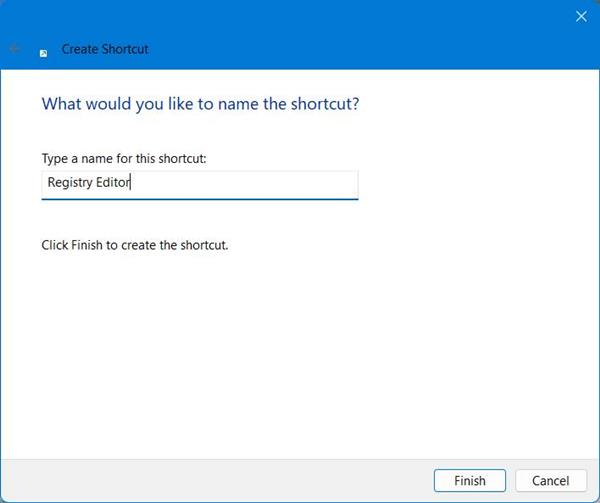Registry Editor is a tool included in all versions of Windows, including Windows 11/10/8/7 and more. Further, all manual changes to the Windows system are done through the Registry Editor. Moreover, it lets you create, modify, and edit registry keys and values that make up the entire Windows Registry.
Registry Editor is a hierarchical database that stores the low-level settings of Microsoft Windows and its applications in the form of a registry key. Microsoft’s Windows Registry can be used by a wide range of applications beyond the operating system itself.
With a little tweaking of the registry settings, most PC troubleshooting tasks are doable under Windows. Nonetheless, there’s no direct shortcut or icon on the desktop to open the Registry Editor in Windows operating system. Instead, you need to enter some special commands on other tools to open it. Here’s how to do it.
Also Read- How to Fix Broken Registry Items in Windows
List of Multiple Ways to Open Registry Editor in Windows 11 PC
There are many ways to open and edit registry editor in windows. Each way is different from the other but does the same thing. Here are all the methods and steps you need to follow.
Methods 1: Using Run Command
Follow these steps to open the Registry Editor using the Run dialog box.
- Press Win+R to open the Run dialog box.
- In the Run dialog box, type regedit, and press Enter.
- After pressing enter, you will be welcomed by an alert message, press the enter key again or simply click on Yes.
- That’s it, now the registry editor will open and you can do anything you want but with caution.
Method 2: Using the Windows Search
Using the Windows Search option present in the taskbar is another convenient way of opening the registry editor. Follow these simple steps to the same:
- Click on the Start button on your taskbar. Type regedit and hit enter key.
- You will be alerted once before it is opened and you have to tap on Yes. Then, the registry editor will be successfully opened.
Method 3: Using the Command Prompt
Using the command prompt is an advanced method of opening the registry editor. Users who want to follow the command prompt method should follow these steps:
- Press Win+R together to open the run dialog box.
- In the Run dialog box, type CMD.
- After typing, press Ctrl+Shift+Enter to open the command prompt with Administrator privileges.
- In the command window, type: regedit and press Enter.
Since you are already running the command prompt with Administrator privileges, you won’t be alerted again.
Method 4: Using PowerShell
Opening registry editor using PowerShell is similar to opening it in the command prompt. However, we will follow a different approach. Follow these simple steps to open it:
- Click on the Start button, search for PowerShell and press enter.
- In the PowerShell window, type regedit and hit enter.
- Now you will get an alert, tap yes and you are ready to go.
Method 5: Using Windows Explorer
Opening the Registry Editor using Windows Explorer is a long method of doing it. People who love exploring their PCs would nonetheless love to do it this way. Follow these simple steps:
- Click on This PC if you are running Windows 10 and 11. Either way, click on My Computer if you are running older versions of Windows.
- Now, Navigate to the Path C:\Windows\System32
- Now keep scrolling down until you find regedt32.
- Double click on it and when the alert appears, click on Yes.
Method 6: From Desktop Shortcut
Using the desktop shortcut is another method to open the registry editor but only if you regularly need to change keys and data values.
On the other hand, if your PC is used by other people, it is strictly prohibited to keep the registry editor on the screen because anyone can harm your PC.
Follow these steps to open Registry Editor using a desktop shortcut:
- Close all apps if open and on the home screen desktop, right-click on the free space. A drop-down menu appears.
- Then, click on New > Shortcut.
- In the Type the location of the item text box, type: %windir%\regedit.exe and click on the Next button.
- On the next page, type the name you wish to keep of the shortcut and press Finish.
Well, these were all the methods you can use to open Registry Editor in all versions of Windows. We hope you found this guide helpful. Nevertheless, we would like to say that you should be extremely careful while using this Registry Editor as this contains valuable data and values that are necessary for Windows to run smoothly.
On the other hand, if you have any doubts, suggestions, or queries, feel free to reach out in the comments section. So we can try to solve your problem as soon as possible.



